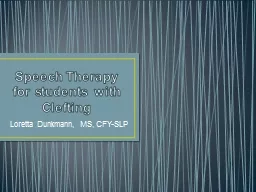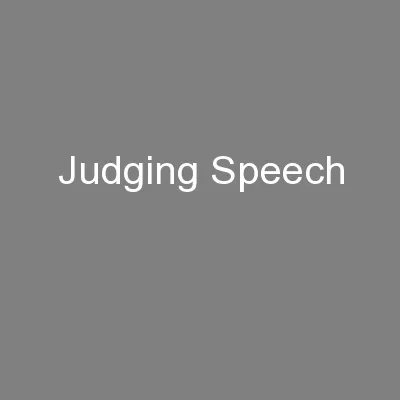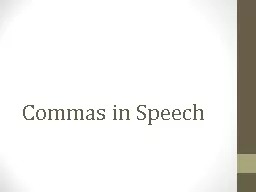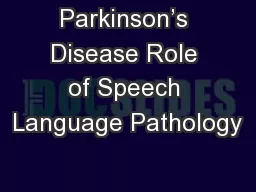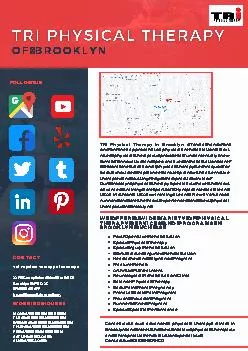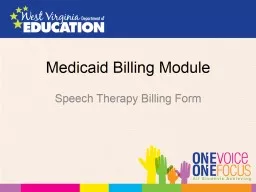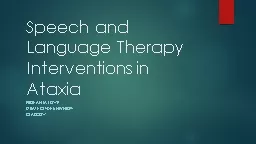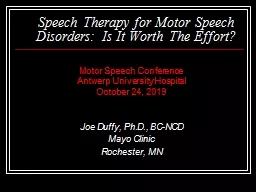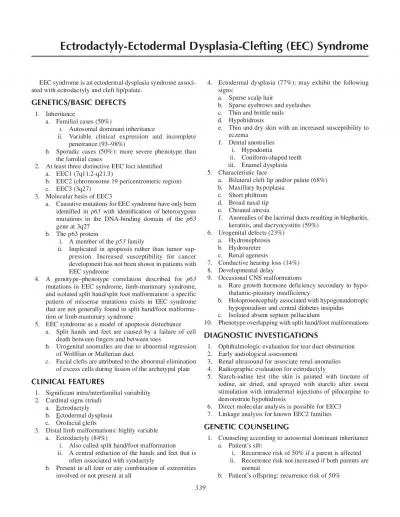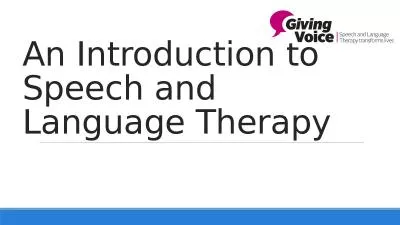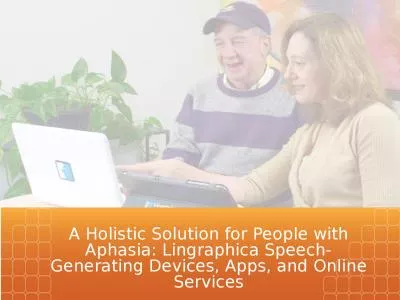PPT-Speech Therapy for students with Clefting
Author : tatyana-admore | Published Date : 2018-09-29
Loretta Dunkmann MS CFYSLP Clefting is not about what happens it is about what does not happen Anatomy and Physiology Alveolar ridgeforms sulcus between hard palate
Presentation Embed Code
Download Presentation
Download Presentation The PPT/PDF document "Speech Therapy for students with Cleftin..." is the property of its rightful owner. Permission is granted to download and print the materials on this website for personal, non-commercial use only, and to display it on your personal computer provided you do not modify the materials and that you retain all copyright notices contained in the materials. By downloading content from our website, you accept the terms of this agreement.
Speech Therapy for students with Clefting: Transcript
Download Rules Of Document
"Speech Therapy for students with Clefting"The content belongs to its owner. You may download and print it for personal use, without modification, and keep all copyright notices. By downloading, you agree to these terms.
Related Documents

